Picture a space where light pours from the ceiling like water, projecting warmth and inviting comfort. Recessed lighting is a sleek and stylish solution that will bring any room to life, giving it style and functionality you won’t find anywhere else.
Whether renovating from scratch or just wanting to liven up your living spaces, this essential buying guide has all the knowledge you need to decide about recessed lighting.
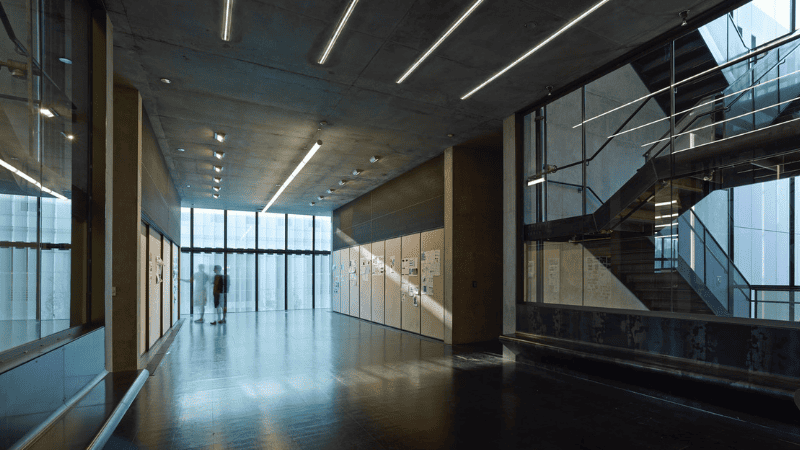
Why Recommend Using Recessed Lights
Recessed lights are a modern homeowner’s best friend. The first and most obvious reason is that they’re hidden in the ceiling, so you can focus on whatever is left of your decor. In addition to its sleek build, this lighting choice is very flexible and energy efficient, too. It can cast light on specific areas or even layer the entire room with a flick of the switch.
Say goodbye to having just one option for every room in the house. You can customize your home’s atmosphere with recessed lights to suit you best. With recessed lighting, you can illuminate artwork, create an inviting reading space, or brighten up your workspace all in one fell swoop.
Ask For Free Quote
Let us Respond Promptly for your Needs :)
Different Types of Recessed Lighting
Before you get into recessed lighting, it’s important to understand the different types to make the right choice for your space.
Types of Trim
The trim is the visible part of the recessed light and has a significant impact on how it looks. It also affects how the light functions. There are many options, from simple and sleek to decorative trims. Some popular styles are:
- Baffle Trim: The shape of this trim helps control glare and direct light where you want it — making it good for task lighting.
- Reflector Trim: These trims use a reflective surface to spread light evenly throughout a room, creating soft, ambient illumination.
- Eyeball Trim: With adjustable directional lighting, eyeball trims can highlight specific areas or create dramatic accents within a space.
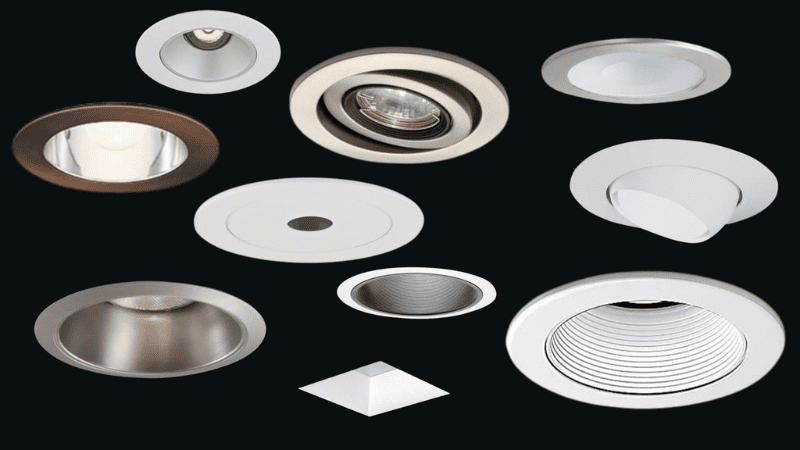
Types of Light Bulbs
Recessed lighting fixtures can accommodate many types of bulbs. Each one has its benefits. Common options include:
- LED (Light-Emitting Diode) Bulbs: These are efficient, long-lasting and come in many color temperatures — making them great for environmentally conscious people who want energy savings and cost-effectiveness.
- Halogen Bulbs: They produce bright, natural-looking light that makes spaces warm and inviting.
- Compact Fluorescent Lamps (CFLs): Although not as efficient as LEDs, CFLs last longer and use less energy than traditional incandescents.
Ask For Free Quote
Let us Respond Promptly for your Needs :)
Can vs. Canless
Recessed lights are available in two main styles: can and canless. Can lights have a cylindrical housing that sticks into the ceiling, while canless lights are installed directly into the ceiling, without any extra bulk. Some people prefer canless fixtures because they look more modern and streamlined.
Do Your Recessed Lights Need IC or AT?
When selecting recessed lighting, it’s crucial to consider your space’s insulation and air-tightness requirements.
Certain fixtures can be placed right against insulation without posing a fire hazard; these fixtures are rated IC (Insulation Contact). Meanwhile, AT (Air-Tight) rated fixtures prevent air from leaking in or out of your home.
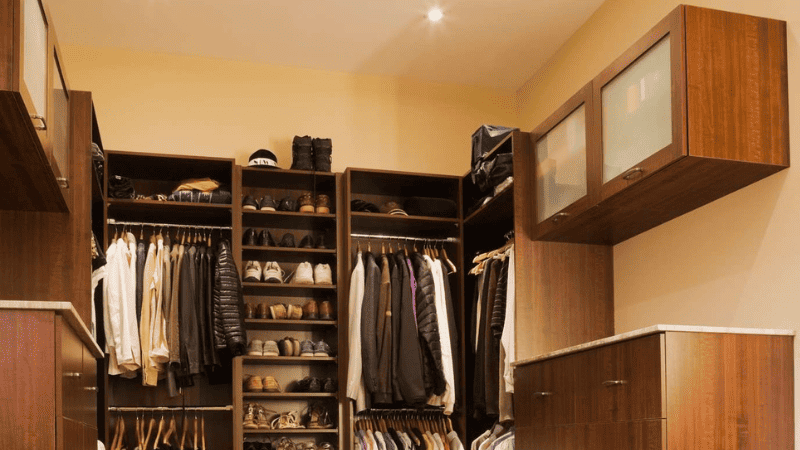
Things to Consider Before Buying Recessed Lighting
Before diving into purchasing recessed lighting, it’s essential to consider a few key factors:
1. Lumens and Voltage
Lumens define the amount of bright light a lamp produces, and voltage describes how much electrical energy it needs to work. Selecting the right lumens and voltage rating is essential for optimal brightness and compatibility with your home’s wiring system.
The more lumens, the brighter the light will be. For living rooms and other places where you aren’t focused on one thing, 300-600 lumens per lamp is fine. But for areas like kitchens or offices where you need to concentrate on your work, look for lamps with a brightness of 600-1000 lumens.
Household recessed lighting fixtures work on standard voltages – either 120V or 240V. Just ensure that the voltage rating on what you buy matches your home’s system so there are no accidents as you install them or after they’re up and functioning properly.

2. Color Temperature
Color temperature is a way to measure how warm or cool light is by using the Kelvin (K).
Warmer color temperatures are found between the range of 2700K and 3000K which give off a cozy, welcoming vibe while cooler temperatures, from 4000K-6500K emit a crisp, energetic light that’s perfect for places like offices and kitchens where you need to be alert.
When deciding on color temperature, you should think about what you’re going to use the space for. The desired mood also comes into play when choosing this measurement as well.
For living rooms, bedrooms and other spaces where people relax, opt for warmer colors as they help people feel comfortable and calm. On the opposite end of the spectrum, go with cooler temperatures for rooms like workspaces, kitchens or places where focused task lighting is essential.
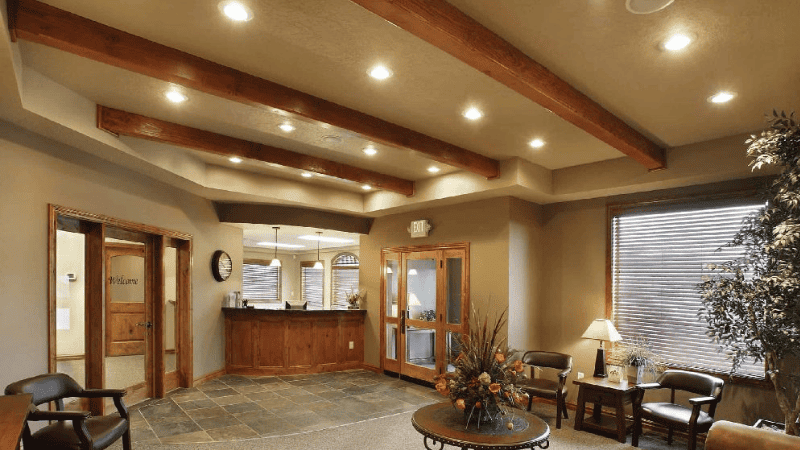
3. Dimmability
Dimmable lights are the key to creating the perfect mood. They give you control over how bright or dim a space is, which can completely change its ambiance. When looking for recessed lights, ensure they’re compatible with dimmer switches or smart home systems.
There are many benefits to installing dimmable recessed lights. One, they save energy. Two, bulbs last longer when they’re not being blasted with full power all the time.
And three, you can create different lighting scenes in your room. For example, if you want a cozy evening alone at home you might opt for a soft ambient light setting rather than anything too harsh and bright!
Ask For Free Quote
Let us Respond Promptly for your Needs :)
Checking Certifications Details
When you’re in the market for recessed lighting, it’s always good to look out for certain certifications that indicate whether they are of good quality. ENERGY STAR, UL (Underwriters Laboratories), and ETL (Electrical Testing Laboratories) are examples of reputable organizations that manufacturers can get a stamp of approval from.
These certifications mean that products have been evaluated for safety and energy efficiency. In other words, they guarantee long-term reliability.
Recessed light fixtures that sport the ENERGY STAR certification have been built to be energy efficient. That means less electricity is used when you turn them on, thus reducing your carbon footprint.
The UL and ETL certifications mean that these same fixtures underwent thorough testing before being allowed on the shelf so they can meet strict safety standards too.
So with certified products like these, you’re helping out Mother Earth and ensuring your lights are safe to use and will last very long!
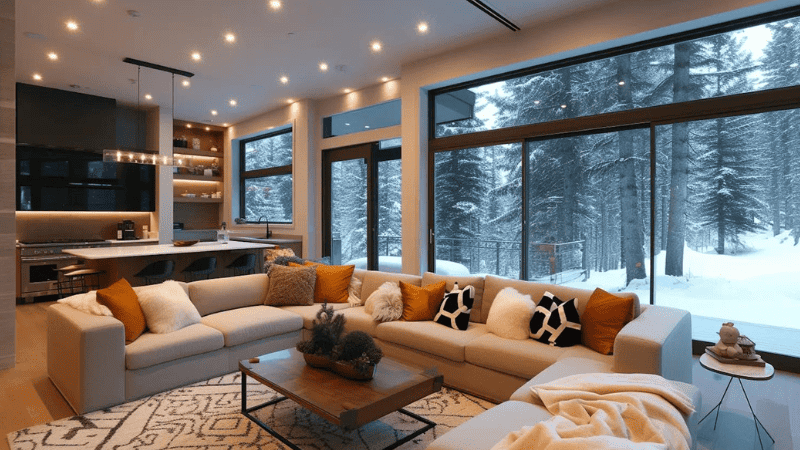
How to Layout Your Recessed Lighting
Getting the layout and spacing right for recessed lights is essential to avoid dark corners and overly bright areas. According to a general rule of thumb, the distance between each light should be roughly equal to the height of your ceiling. So, if you have an 8-foot ceiling, place the lights about 8 feet apart.
Other things worth considering are the size of the room and the desired lighting effect. If you’re going for even lighting throughout, use a grid pattern with fixtures that are evenly spaced. On the other hand, if you want specific areas highlighted or a layered lighting scheme created, position your lights around focus points or task spaces.
Consider what you’ll be doing in the room as well, as this can inform you where to place your recessed lights. For example, in a kitchen, it might be better to have more light above countertops and cooking spaces, while in a living room, an evenly distributed scheme might work best.
For optimal results, ask advice from a professional lighting designer or electrician who has experience working with different sorts of rooms and their unique needs. Based on your ceiling height, room dimensions, and planned use of space, they can make specific recommendations.
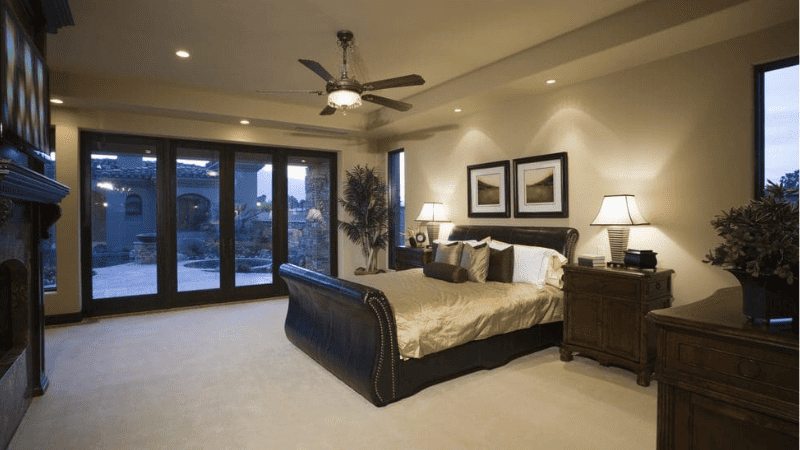
Why LED For Your Recessed Lighting?
LED (Light-Emitting Diode) bulbs are the go-to for recessed lighting. They use up to 85% less energy than incandescent bulbs, so they’re super efficient. Plus, they last up to 25 times longer. Meaning they’ll be around long enough for your great-great-grandchildren!
One reason homeowners love LED is that these lights barely emit any heat. So you don’t have to worry about fires or a stuffy living room. The dimming capabilities and color options also make creating any ambiance you want easy.
While LED bulbs might cost more upfront, their long-term operating cost is significantly lower due to their energy efficiency and lifespan. So, if you’re looking for better lighting without skyrocketing utility bills, LED recessed lights are your friend.
Even better! LED lights do not contain substances like mercury. So if you’re environmentally conscious, this product is worth considering.
Ask For Free Quote
Let us Respond Promptly for your Needs :)
Hiring A Professional Electrician or Lighting Designer
While some recessed lighting installations can be DIY projects, larger or more complex jobs typically require the expertise of a professional electrician or lighting designer. Their experience ensures a safe and seamless installation process while providing insights into the best lighting layouts and fixtures for your home.
Electricians will expertly wire your space in compliance with local building codes and safety regulations. They’ll advise on proper wiring, circuit load, and installation techniques to reduce hazards or malfunctions.
Lighting designers analyze your space by taking room dimensions, furniture placement, and architectural features into consideration before recommending fixtures at specific placements along with control systems needed for your desired ambiance and lighting goals.
Installing a recessed lighting system can be tricky business so trust in professionals who know what they’re doing! When working with them you lower the risks of errors that could cost you down the line. Not only will they make sure everything looks good but also function properly! Enhance your living spaces’ overall aesthetic appeal and functionality through these experts!
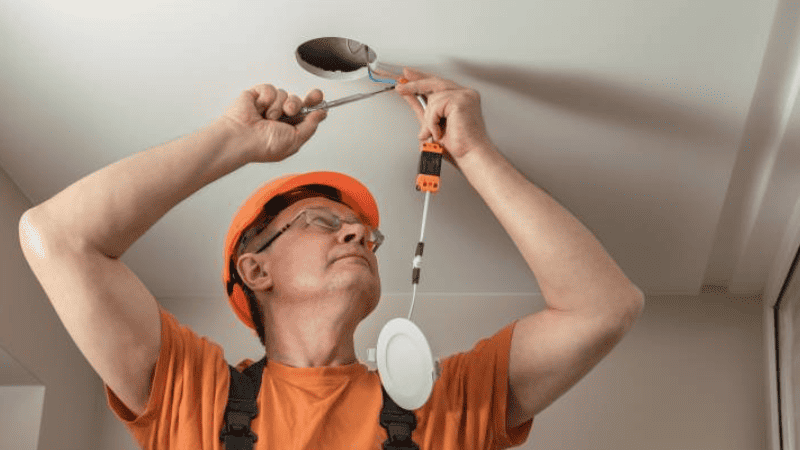
Check out the LED lighting expert with or get a FREE consultation or Inquiry here.
FAQs
Here are some questions related to recessed lighting for better knowledge and understanding.
What Is the Ideal Amount of Lumens For My Recessed Lighting?
The amount should depend on the size of the room and the kind of light level you want. For general lighting, aim for around 300-600 lumens per fixture in living areas and about 600-1000 lumens for task-oriented spaces like kitchens or workspaces.
Are Baffle and Smooth Recessed Lighting Different?
Yes, they each have a unique trim design that creates different kinds of light. For example, baffle recessed lighting has a cylinder shape that helps control glare and direct light in specific directions.
It’s best-suited for task lighting or highlighting certain areas. Smooth recessed lighting has a sleeker seamless trim design that produces more diffused light, giving off softer and more ambient illumination.
Can I Put Recessed Lights In My Bathroom?
You can put recessed lights in your bathroom but choose fixtures rated wet or damp so they don’t get damaged by moisture. Also consider using IC (Insulation Contact) rated fixtures if your bathroom has insulation in the ceiling to prevent fires.
What Is the Right Spacing Between Each Light Fixture?
Aim to space them out about equal distance from one another as the height of your ceiling. So if your ceiling is 8 feet tall, space the lights about 8 feet apart.
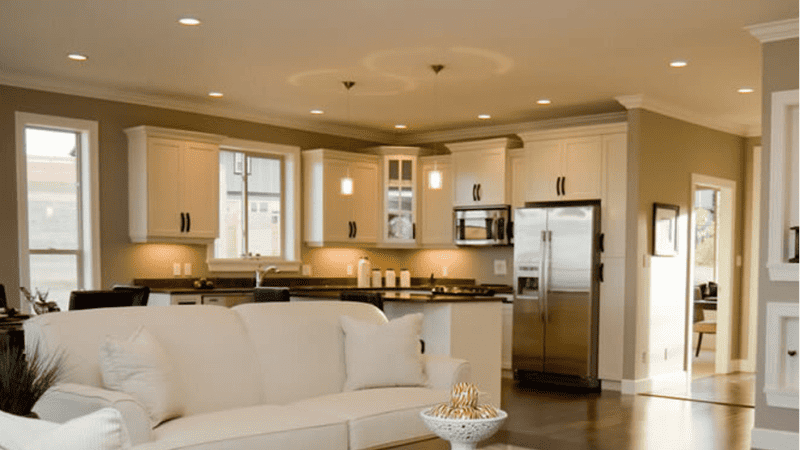
Conclusion
Recessed lighting is revolutionary as it elevates both the aesthetic appeal and functionality of any living space it’s a part of. By taking factors such as trim styles, light bulb types, insulation, and air-tightness requirements as well as lay out into consideration alone, you have already created a seamless harmony between them all, enhancing the overall ambiance in that one room alone.
LED technology is energy-efficient, so if sustainability matters to you, there’s no need to worry about those high electricity bills since this type of light can last longer than many other options.
Trying Recessed lighting out is worth it, and I’m sure you won’t regret doing so! It will lighten up your ordinary spaces and turn them into something extraordinary, filled with comfort and style.
Are you Looking For Perfect Recessed Lighting? RC Lighting Solutions Can Help!
RC Lighting is a well-reputed company in LED technology. From recessed lighting to spotlights, and magnetic track lighting to LED linear lighting, we have the best options based on your custom needs and requirements. Contact us and discuss your project for expert advice and consultation.



